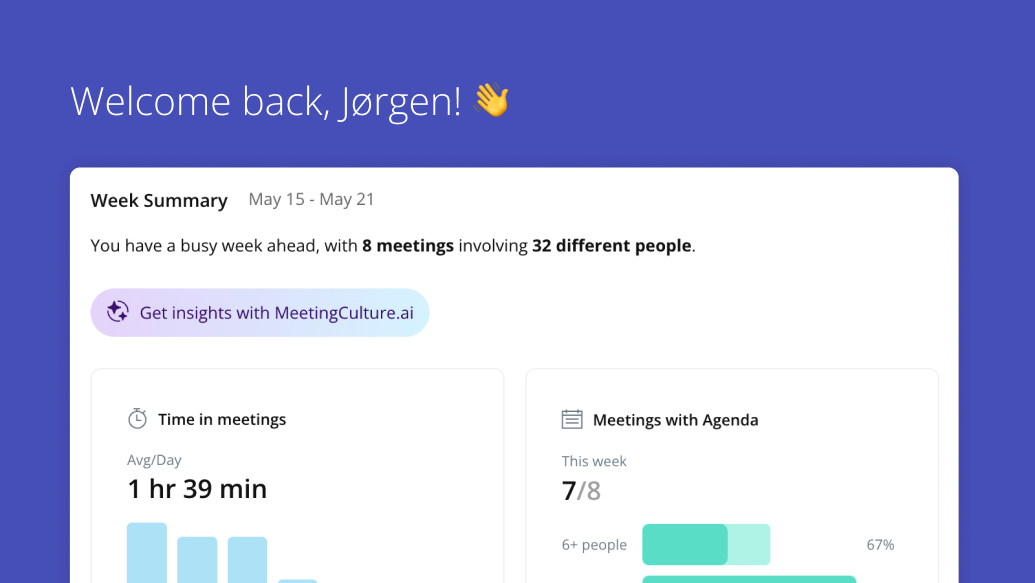Six ways to effectively run large virtual meetings
Virtual meetings can be a challenge and the problems are amplified as the size of the meeting increases.
Virtual meetings can be a challenge – participants are more easily distracted, technology does not always work like you need it to and it can generally be difficult to find a rhythm. These problems are amplified as the size of the meeting increases.
Give the meeting ample structure
Regardless of the size, planning and running virtual meetings requires more structure than in-person meetings. This begins with a well-planned agenda:
- Gather topic suggestions from participants
- Assign topic owners
- Provide a clear outcome for each topic – discussion, decision or information
- Attach or link to relevant documents right in the agenda
- Ask questions to get people thinking about topics in advance
- Ensure there is enough time to cover each topic
Prepare for the meeting
Meeting participants can prepare for the meeting by reading through the agenda ahead of time and jotting down their thoughts and questions for each topic. (We like OneNote for this.)
To start discussions early, leverage platforms like Microsoft Teams to engage other participants in conversation beforehand. This will help move decision-making and dialogue forward during the meeting.
Try silent brainstorming
Encourage meeting attendees to contribute to a brainstorm silently and individually to ensure multiple people express their ideas. Instead of only hearing from one person at a time, many voices can contribute to this written style of brainstorming.
At the start of the meeting, share a working document (for example again, One Note) with all attendees. The document should contain a key question or questions that need answered.
Encourage all participants to contribute to the document for a period of five to 20 minutes, depending on the subjects. In larger meetings, the organizer might then open the conversation by allowing participants to virtually raise their hand or end the meeting to separate the discussion and deliberation from the actual decision-making. At the next meeting, a vote can be issued.
Credit: We came across this tip from authors Liana Kreamer and Steven G. Rogelberg in Harvard Business Review online.
Orchestrate participation
Decide in advance when you’ll request comments and questions, using a hand raise feature like Speak Now for Microsoft Teams. This will allow for orderly conversations during the meeting and eliminate people talking over one another.
During informal meetings, organizers might use a poll to engage participants and help direct the conversation, while formal meetings will require secure and systematic voting.
Decisions unveils Vote Now: secure voting for Microsoft Teams
Take a break
Large virtual meetings can feel much longer than the allotted meeting time. For any meeting with 10 or more people that includes complex discussion topics, ensure there is at least a short break every 45 minutes to one hour. This gives participants the opportunity to gather their thoughts and return ready to engage with one another again.
Follow-up
Take clear meeting minutes and summarize action items to eliminate confusion and hold people accountable. Formal meetings might require detailed minutes, while less formal meetings might just be an outline of outcomes. Both meetings should end with a summary of tasks and decisions that are then reflected clearly in the meeting minutes. This summary should ensure people are clear on their specific action items and then review those again at the start of the next meeting.
The most important thing is to give structure to virtual meetings and give participants the opportunity to provide feedback on what’s working and what’s not.
For better virtual meetings, get Decisions today
Download Decisions from AppSource and get started today.



